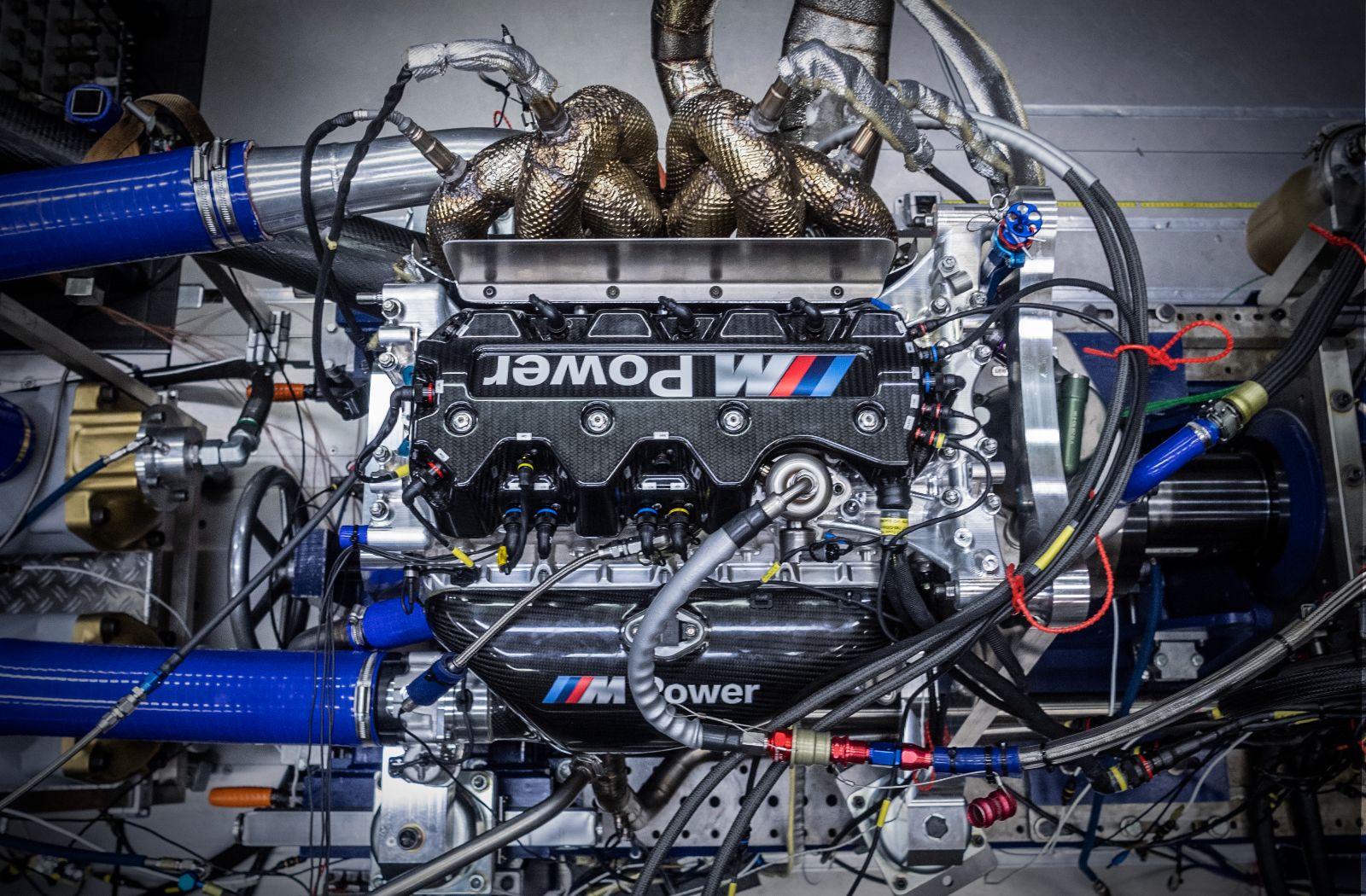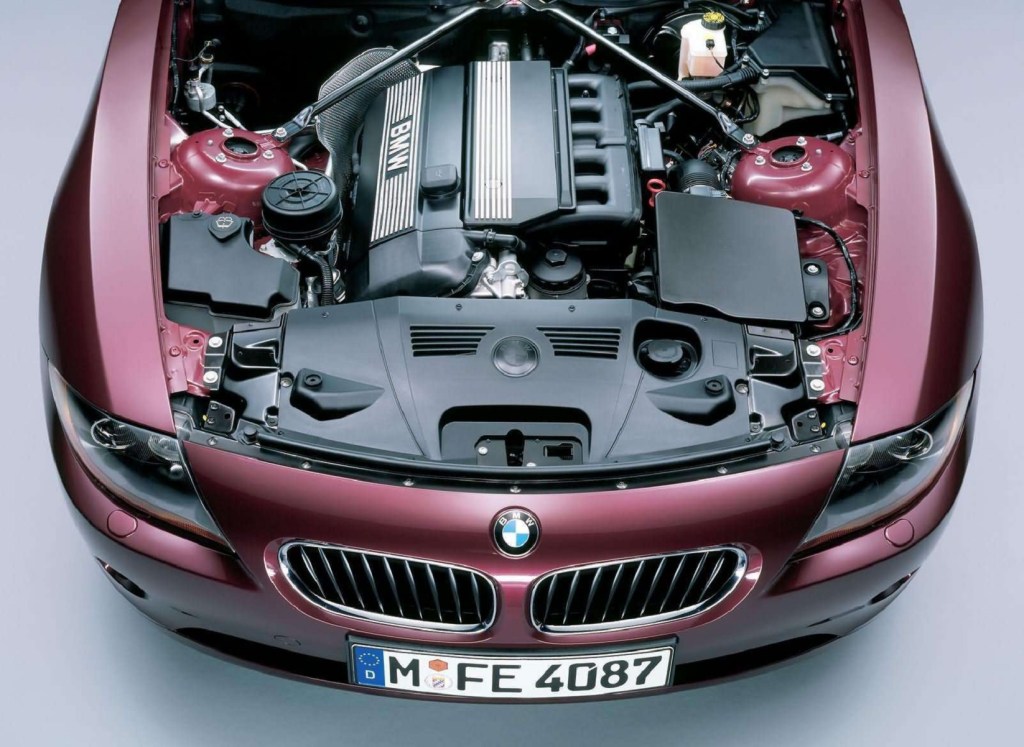A New user's Guide to Selecting the Right BMW Engine for Your Demands
A New user's Guide to Selecting the Right BMW Engine for Your Demands
Blog Article
Discovering the Evolution of Burning Engines in Modern Transportation Equipments
As we browse the landscape of modern-day transport, the advancement of combustion engines stands as a testimony to human resourcefulness and engineering expertise. The interplay of background, modern technology, and environmental problems in forming the trajectory of combustion engines develops a story that is both insightful and engaging.
Very Early Beginnings of Combustion Engines
How did the idea of burning engines first emerge in the onset of transport growth? When the concepts of interior combustion were very first checked out, the origins of combustion engines can be mapped back to the 17th century. In 1673, Christian Huygens conceptualized a fundamental inner burning engine that made use of gunpowder to produce power. Nevertheless, it had not been till the late 19th century that sensible applications of burning engines in transportation began to arise.
The innovation minute featured the development of the initial effective gasoline-powered engine by Karl Benz in 1885 - bmw engine. This engine led the way for the development of the modern vehicle, revolutionizing transport systems worldwide. Succeeding innovations by Nikolaus Otto and Gottlieb Daimler better improved burning engine modern technology, bring about the automation of autos and the fast growth of the transport industry
These early combustion engines were defined by their simpleness and performance, laying the foundation for the facility and effective engines made use of in modern-day transport systems. The advancement of burning engines has been crucial fit the means we travel and deliver items, marking a considerable milestone in the history of transport advancement.
Change to Internal Combustion Modern Technology
The change to inner combustion modern technology noted a pivotal shift in the evolution of transport systems. This shift began in the late 19th century, with creators like Nikolaus Otto and Gottlieb Daimler developing the initial successful inner combustion engines. These engines changed transport by supplying a much more effective and reliable choice to heavy steam engines and electrical motors.
One of the crucial advantages of inner burning engines was their ability to be scaled down to fit right into automobiles, bring about the growth of cars and motorbikes. This change from bulky, fixed engines to small, mobile ones led the way for the modern transportation systems we see today.
The transition to inner combustion innovation additionally spurred innovations in gas innovation, bring about the advancement of fuel and diesel as primary fuel sources for vehicles. This change not just made transportation a lot more available to the masses yet also laid the structure for the oil and gas sector to become indispensable to global economic situations.
Influence of Combustion Engines on Transport
The adoption of combustion engines in transportation systems militarized a profound shift in the effectiveness and rate of global mobility. Combustion engines reinvented transport by providing a flexible and dependable resource of power for numerous vehicles, including automobiles, airplanes, vehicles, and ships. This technology substantially improved the capacity for items and individuals to conform cross countries in much shorter time frames, causing increased connectivity in between regions and nations.
In addition, the prevalent use of burning engines has actually had a substantial impact on economic development. The ability to carry products efficiently has spurred trade and commerce, permitting companies to increase their markets and reach customers worldwide. This has actually assisted in financial development and globalization, discover this as items can currently be carried faster and in bigger quantities than ever previously.
Nevertheless, the ecological impact of combustion engines can not be neglected. The combustion of fossil gas has actually caused air contamination and greenhouse gas exhausts, adding to climate change and posing health risks to populaces. bmw engine. Consequently, there is an expanding focus on creating different propulsion innovations to alleviate these adverse effects and produce an extra lasting future for transport
Developments in Combustion Engine Design
One remarkable advancement is the growth of turbocharged engines, which use exhaust gases to drive a wind turbine that presses inbound air, allowing for more gas to be charred, official site resulting in increased power outcome without a considerable boost in engine dimension. Variable shutoff timing systems have likewise revolutionized engine layout by optimizing air movement at various engine rates, boosting both power and efficiency. These technologies jointly add to the continuous enhancement of burning engines in modern-day transport systems.
Future Trends in Burning Engine Advancement
With modern technology innovations driving continuous innovation, the future of combustion engine growth is poised to revolutionize transport systems internationally. One of the essential patterns in combustion engine growth is the push towards greater effectiveness and reduced emissions. Producers are spending greatly in r & d to improve engine performance while meeting rigid environmental laws. This includes the assimilation of sophisticated gas injection systems, boosted turbocharging techniques, and using lightweight products to optimize gas consumption and minimize carbon emissions.
An additional prominent pattern is the fostering of crossbreed technologies in combustion engines. Hybrid check these guys out engines incorporate typical combustion innovation with electrical power, supplying improved fuel effectiveness and reduced exhausts. As the auto industry shifts in the direction of electrification, crossbreed burning engines are viewed as a transitional solution that bridges the space between traditional lorries and totally electrical ones.
Moreover, the integration of smart innovations, such as expert system and information analytics, is anticipated to play a considerable duty in the future of burning engine growth. These modern technologies can maximize engine efficiency in real-time, bring about extra reliable burning procedures and improved general automobile performance. Embracing these future patterns will not only drive development in combustion engine development yet additionally add to an extra lasting and eco-friendly transportation ecosystem.

Conclusion
To conclude, the evolution of combustion engines in modern transportation systems has been marked by significant advancements in technology and design. From the early beginnings of burning engines to the change to inner burning modern technology, these engines have actually had an extensive effect on transportation. Developments in combustion engine layout remain to drive progression in this area, with future patterns focusing on further improving performance and lowering discharges. The future of combustion engines in transportation looks promising as study and advancement efforts remain to press limits.
The origins of burning engines can be traced back to the 17th century when the concepts of interior burning were very first explored. These engines changed transport by offering an extra effective and powerful option to steam engines and electrical motors.

Report this page